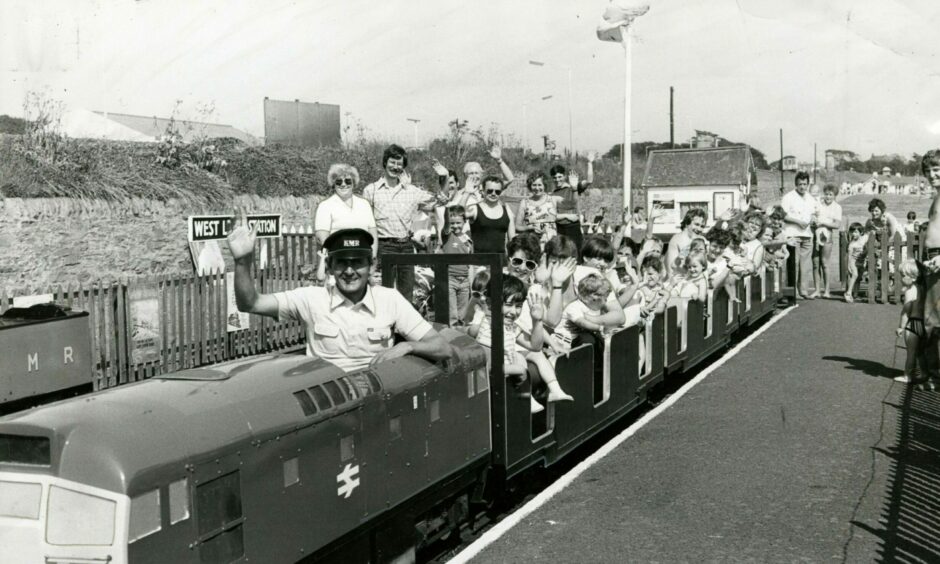
Kerr’s Miniature Railway lives on vividly in grown-up children’s memories.
The railway drew thousands of visitors to Arbroath each summer after opening in June 1935 and postcards from the little line winged their way to all four corners of the globe.
The railway was one of the shortest public lines in Great Britain.
Was Broughty Ferry’s loss Arbroath’s gain?
Dundee and Arbroath Railway author Niall Ferguson said: “Matthew Kerr first considered building a miniature railway in 1932 but it was not until early in 1935 that he made a start at constructing a railway track about 250ft long at his dairy farm, Balfield Farm, in Lochee, Dundee.
“By June 1935 he had started construction of a track at West Links Park in Arbroath, having rejected Broughty Ferry as a location because of its lack of tourists compared to the numbers visiting Arbroath.
“The railway originally ran on 71⁄4 inch gauge track and the locomotives were built to a scale of 1½ inches to the foot, the first locomotive being a model of the North British Railway 4-4-2 Atlantic No. 869, Bonnie Dundee.
“The railway at Arbroath opened on June 22 1935 and so successful was its first season that Matthew Kerr re-laid all the track over the winter of 1935/36 with additional sidings, longer platforms and increased facilities.”
In its first season it carried 11,350 passengers, for the princely sum of 3p each.
The railway quickly established itself, drawing huge summer crowds and, interestingly, the biggest single item of expenditure in 1937 was the purchase of 1,000 picture postcards which were quickly snapped up by enchanted passengers, young and old.
One of the boasts of the miniature railway was: “Hitler couldn’t bomb it, Beeching couldn’t close it and Attlee couldn’t nationalise it”.
The line did see war service, as it was requisitioned by the Government and used by a contingent of Polish troops manning home defence guns.
However, the closest the railway came to feeling Hitler’s wrath was two broken windows — the result of a blast when two bombs were dropped on Briggs’ Dowrie Works at Elliot, half a mile along the beach.
New locos and rolling stock were added, alterations were made to the track layout and a host of new features added over the years.
Operating during the summer, the railway proved a popular attraction with holidaymakers, carrying no less than 60,000 passengers during the summer of 1955.
A dispute over the terms of the lease nearly saw the railway move to Carnoustie in the 1950s before tourist numbers declined in the 1960s and 1970s.
In 1970 the railway was put up for sale.
But no buyers were found and the business stayed with the family.
Two things that everyone seems to remember from the “old days” of Kerr’s Miniature Railway are the tunnel and the Pullman coaches, which were unique.
Built to scale with the locomotives, they were complete with roofs, individual doors and upholstered seats.
The tunnel wasn’t nearly so grand, but it caught the imagination of the children.
It was a 30-foot long, echoing construction of arched, and latterly rusting, corrugated iron that finally capitulated to the elements and vandals in 1976.
Matthew continued to run the railway until 1978.
He died in 1979.
Matt junior took over, although he had been driving the trains since the age of 13.
He immediately set about arresting and reversing the decline brought about through a combination of old age, lack of investment and recurring bouts of vandalism.
Over the next few years, with considerable effort and a steady injection of cash, the railway was transformed.
Gradually, the track was replaced, buildings renewed, and engines and rolling stock either replaced or refurbished.
New investment in the line included two new locomotives, new coaches and a £2,000 stone-built tunnel on the same site as the old one in 1983 — but fully 10 feet longer!
The Courier said: “The new investment has been spectacular in terms of money, but by far the hardest work that Matt and his team of unpaid volunteers have put into the non-profit-making venture are the thousands of hours of repair and maintenance work.
“It was this sort of work that saw Matt spending both Christmas and New Year Days this past winter cleaning and oiling fishplates — the metal strips used to join lengths of track together.”
“Really, it’s work like this that takes up the bulk of our time, yet it’s basically unseen by the public,” said Matt junior.
“Each year, a third of the track’s ballast is riddled and repacked, all the bogies of the coaches are serviced, fencing is renewed at the rate of 150 spars a year, and a thousand and one other small routine jobs tackled.”
Dog Day Afternoon…
The Courier feature said the team’s reward was the pleasure that the railway gives to its thousands of passengers each year — over a third of whom were adults.
“Just last season we carried four generations of one family on the same train — the great-grandmother had travelled the line as a teenager in 1936, her daughter later, followed by the daughter’s son, and now the son’s two-year-old daughter,” said Matt junior.
“But not all the railway’s regulars are human.
“There’s the Brechin lady who pays a visit every year without fail because her dog loves travelling on trains and there aren’t any in Brechin.
“That’s one passenger who gets to travel free — no charge for pets!”
In 1985, after a gap of some 25 years, steam power returned permanently to the railway in the shape of Firefly, or as Matt junior himself labelled it: “The Dream Machine”.
Then, in 1995, Matt junior fulfilled a long-held ambition by buying back Big Bertha, a two-tonne steam-powered Pacific locomotive sold by his father back in 1960.
Although best known for his railway, which provided him with friends across the globe, Matt junior also found time to pursue a teaching career.
He was a long-serving member of staff at Montrose Academy, where he taught history.
He died in April 2006, at the age of 62, and the railway was taken on by his wife Jill and 10-year-old son John, who were aided by an enthusiastic band of volunteers.
The attraction boasted six miniature locomotives including two fully operational steamers — miniature buses and a fire engine.
Recent years had been a struggle for survival, although Kerr’s was still carrying 14,000 passengers when the railway celebrated its milestone 75th birthday in 2010.
John was just 15 when he stepped up to take charge of the railway in 2011 but rocketing fuel prices and dwindling visitor numbers had already started to take its toll by 2019.
Sadly, you can’t run a railway on sentiment alone.
John was forced to take what he described as the “most awful decision” to call it a day after 85 years in operation across three generations of its founding family.
“To give people an idea of the situation we are in, in 2019 we carried 3,500 people and operated on 97 days.
“Some days the railway would carry just five to 10 people, some days more than 100. Ten years ago the railway was carrying 13 to 14,000 people, so in those 10 years we have lost 10,000 passengers.
“It is costing me money, but more so emotionally it is too much and I am really struggling to keep my enthusiasm because the railway is simply not what it used to be.
“It is the most awful decision I have ever had to make in my life.”
Scotland’s oldest miniature railway closed for good in October 2020.
The final trains taking a ride along the half-mile track before the last whistle sounded were packed with a mixture of children and misty-eyed adults.
It marked a fitting end for an attraction that was a mainstay for nearly nine decades.
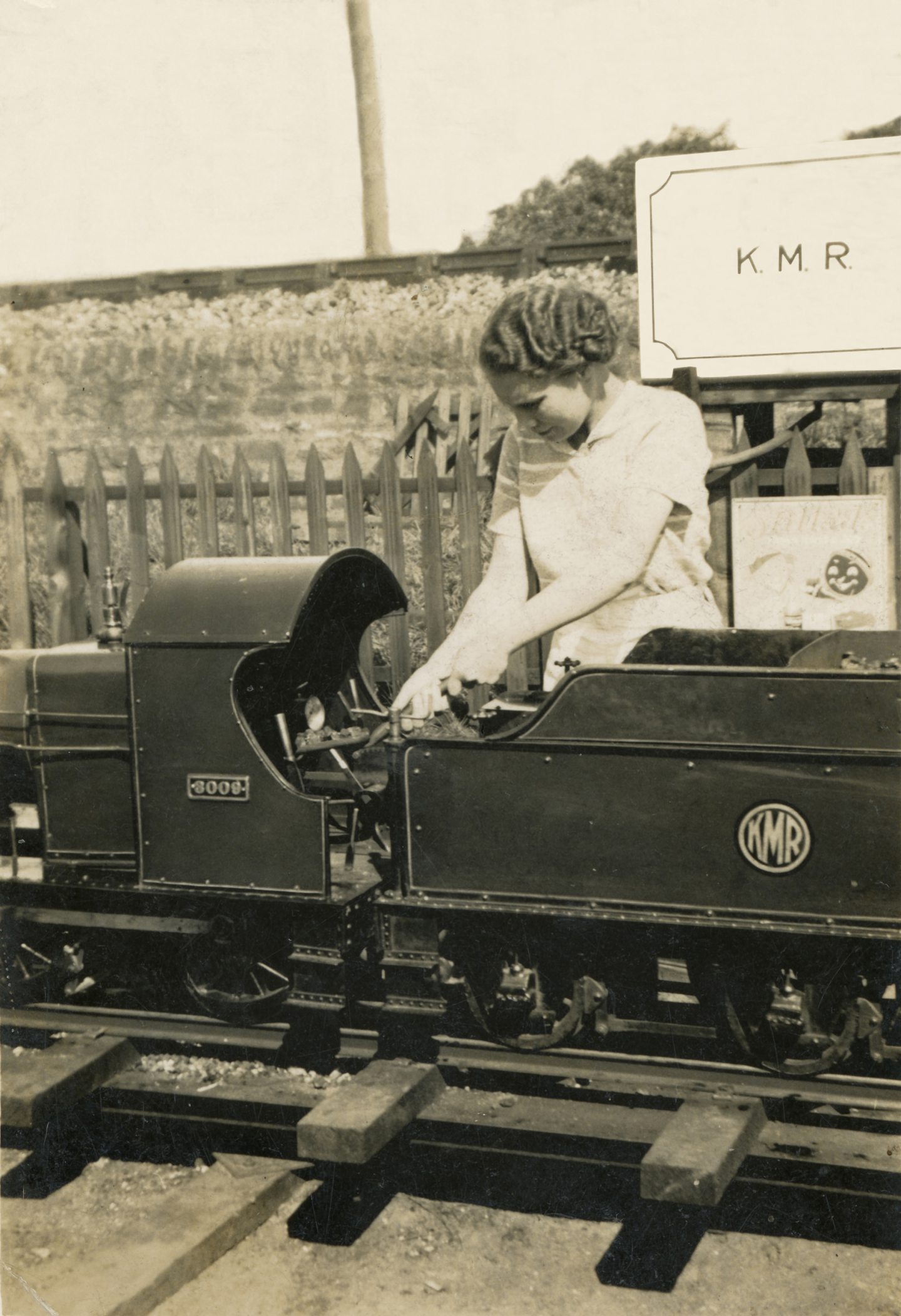
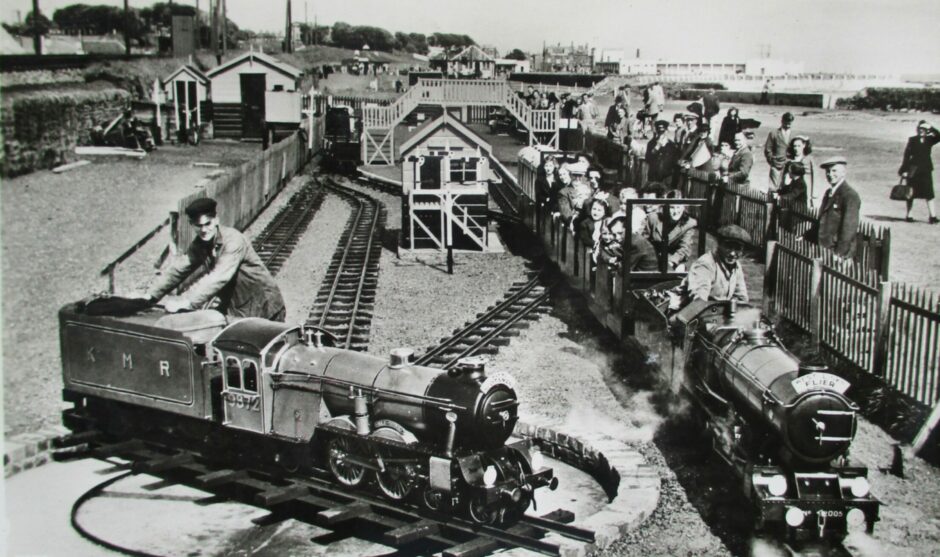
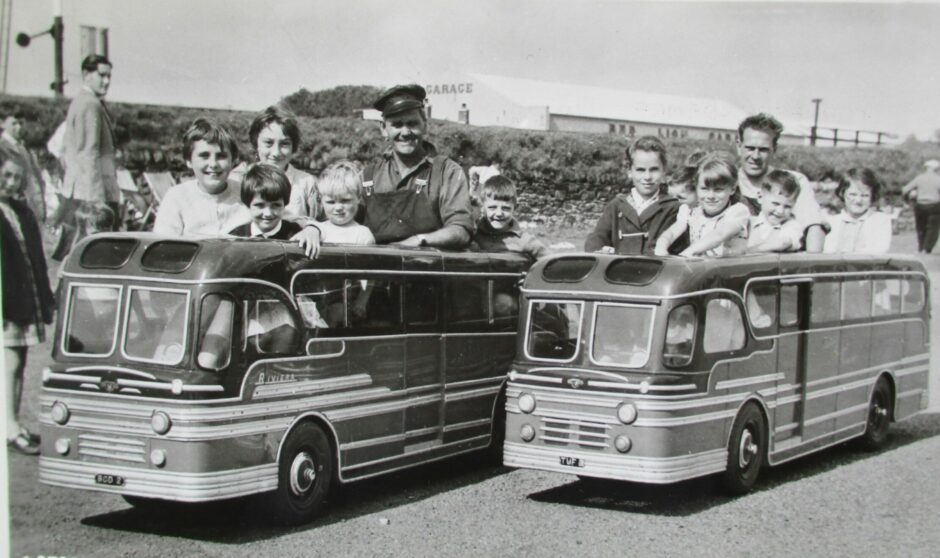
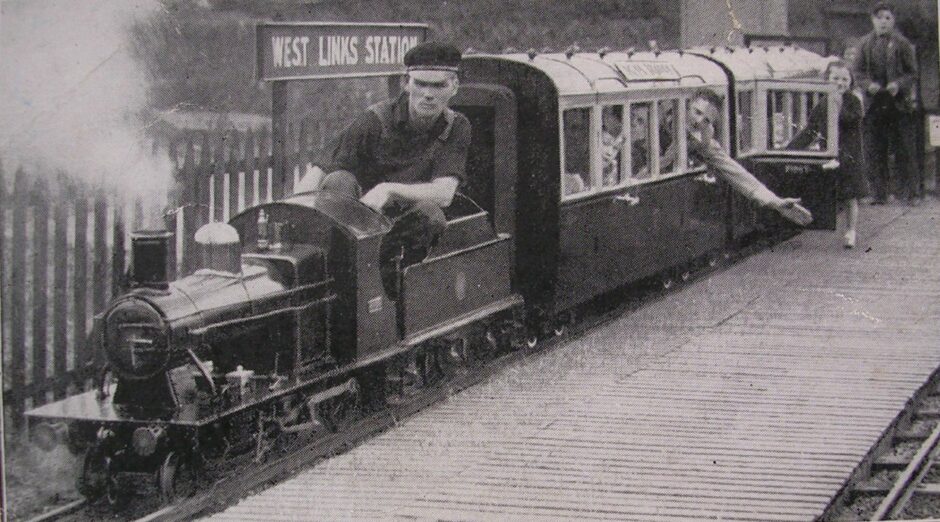
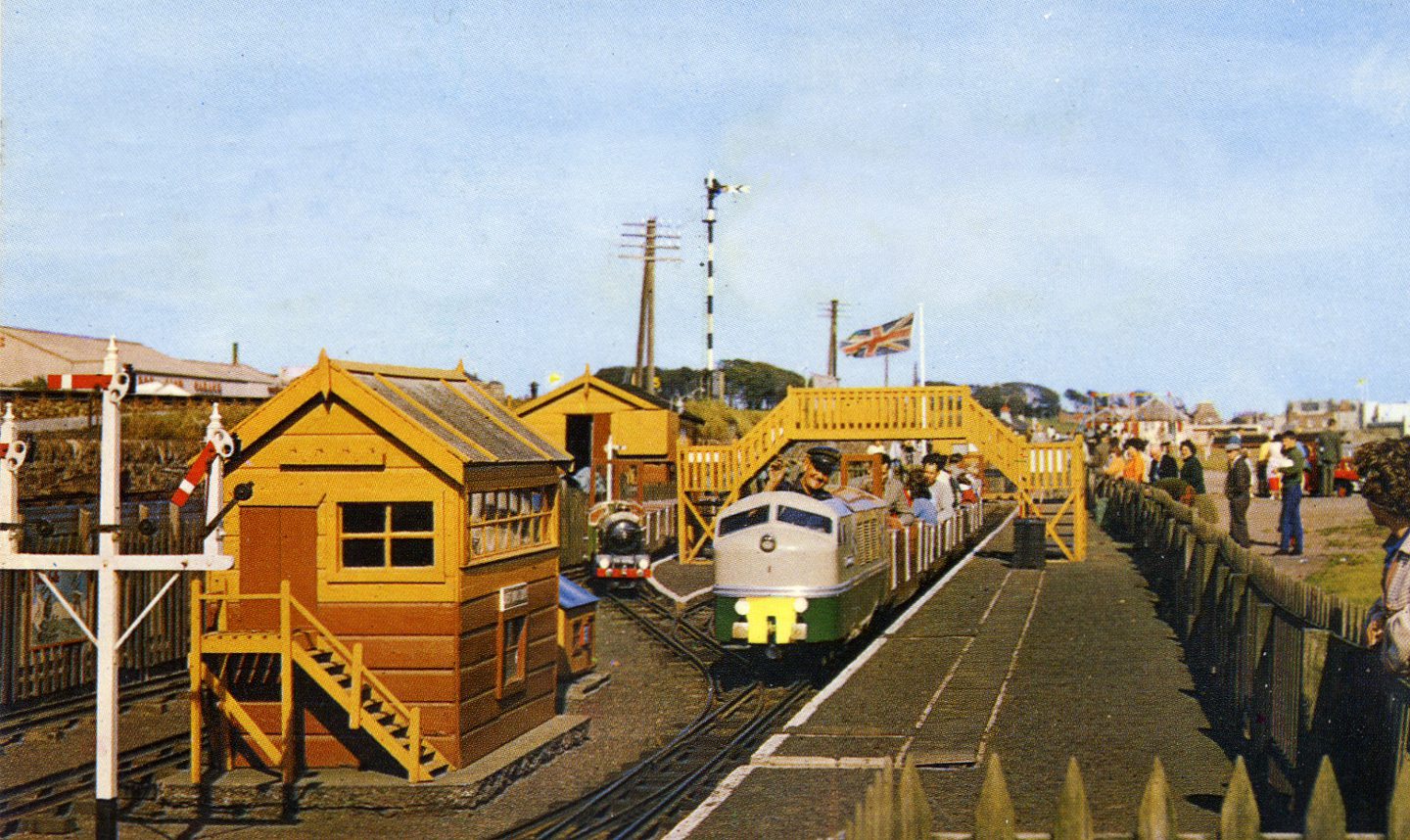
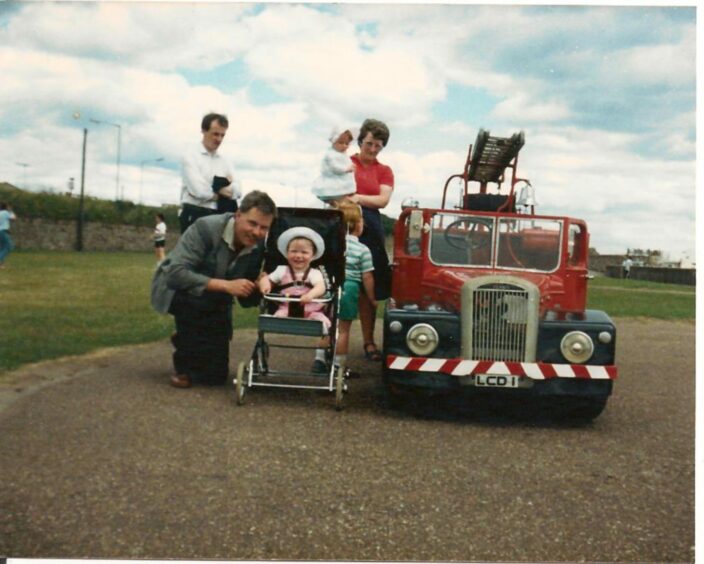
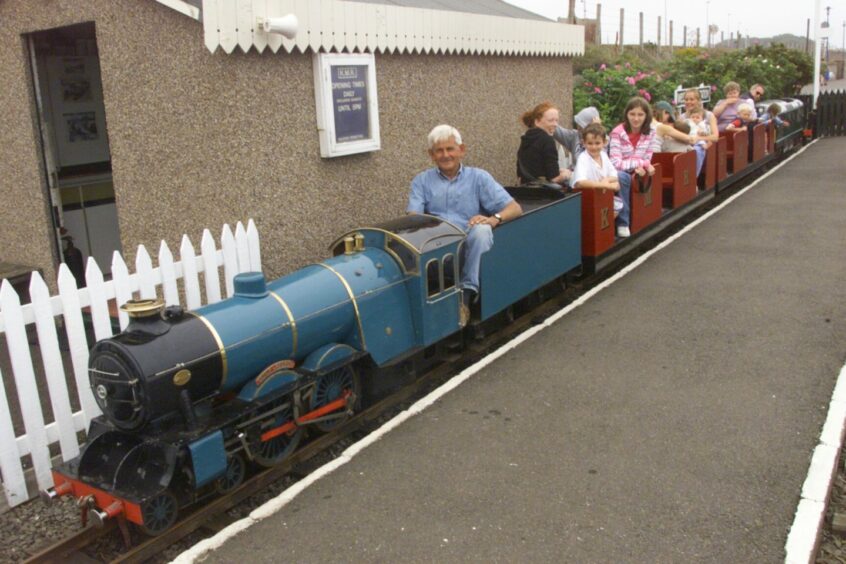
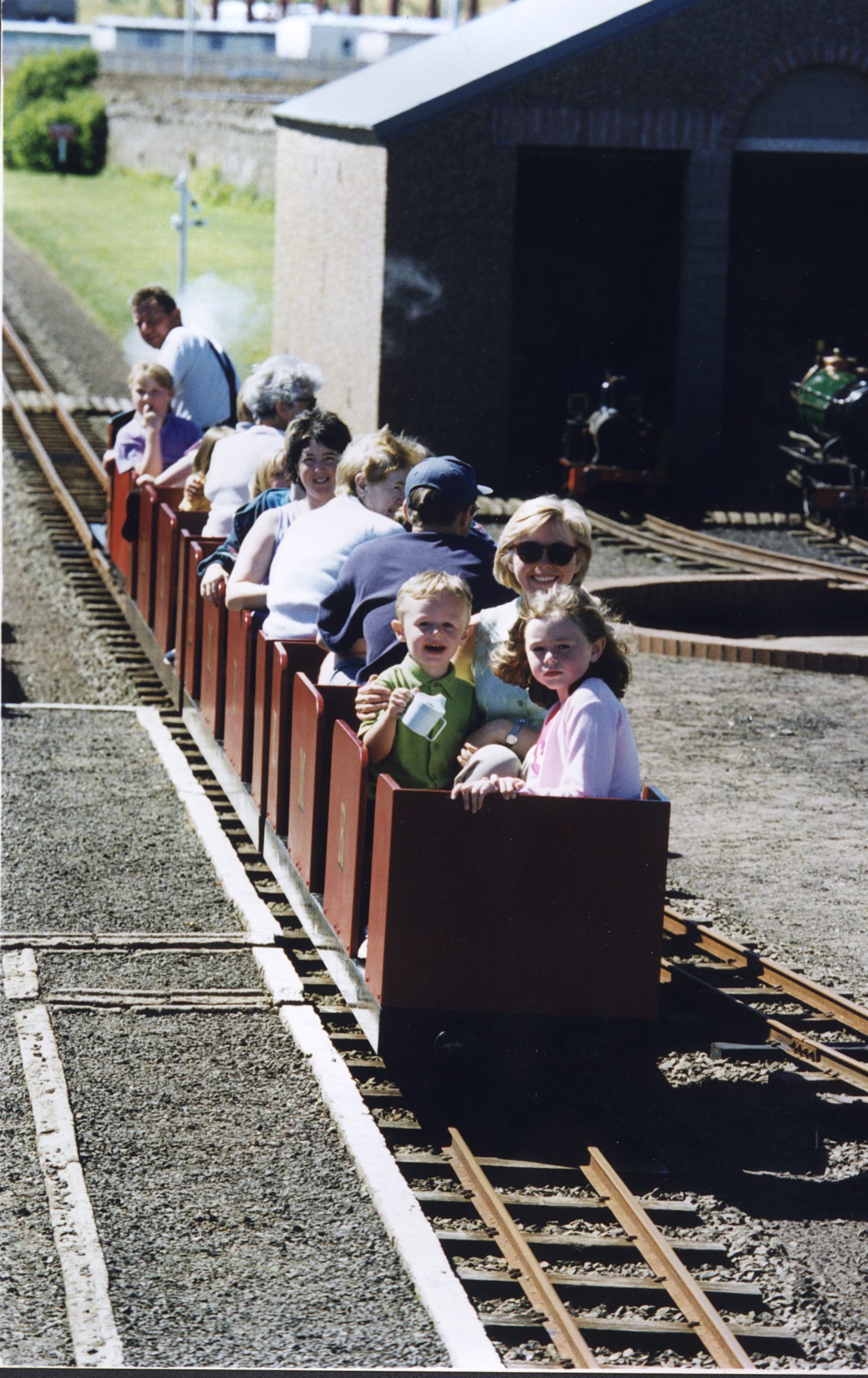
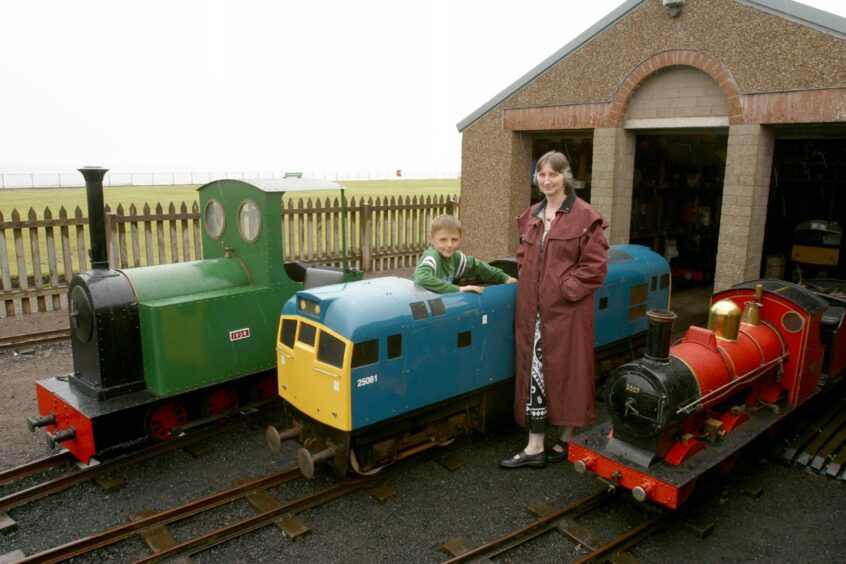
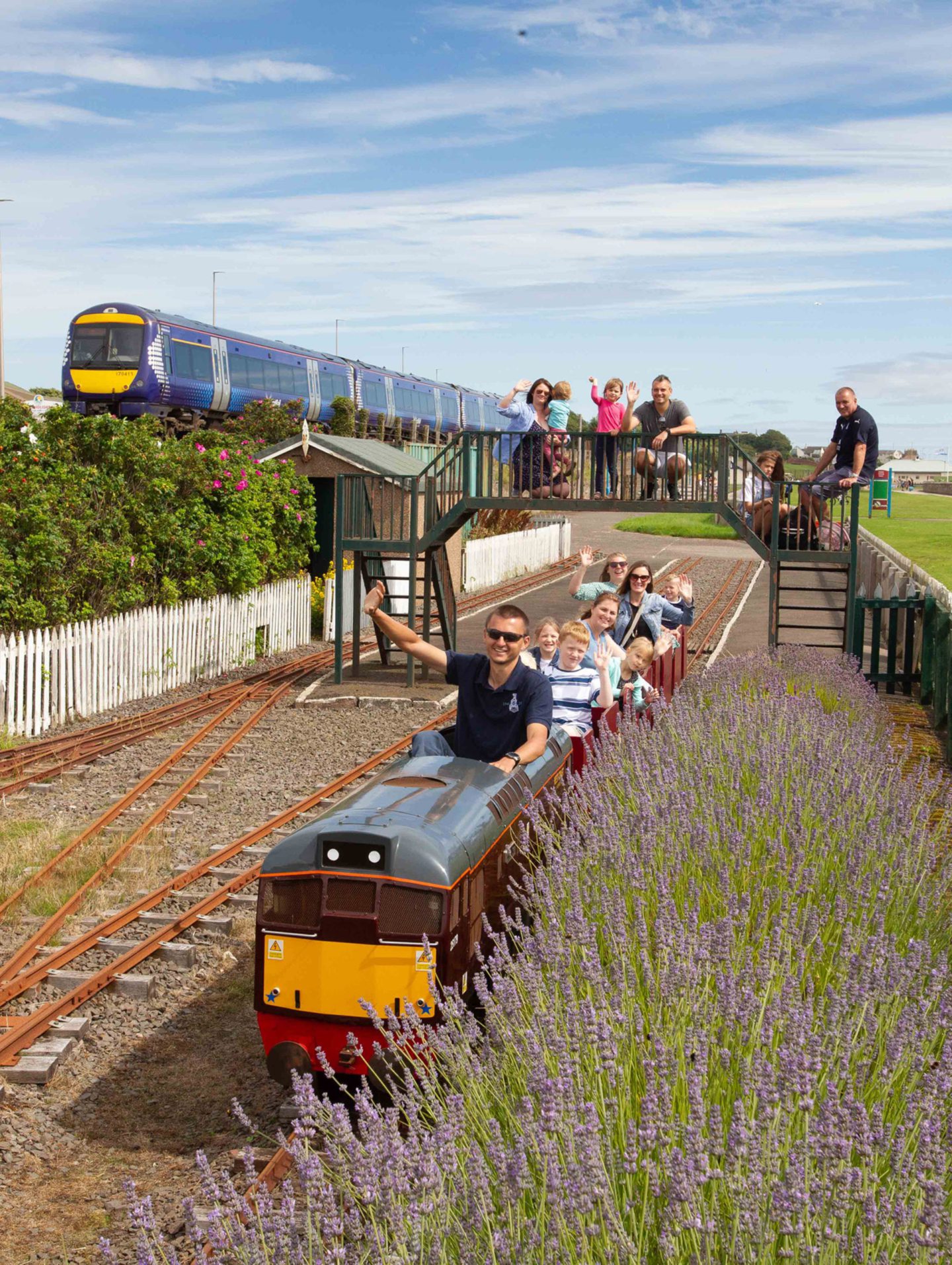
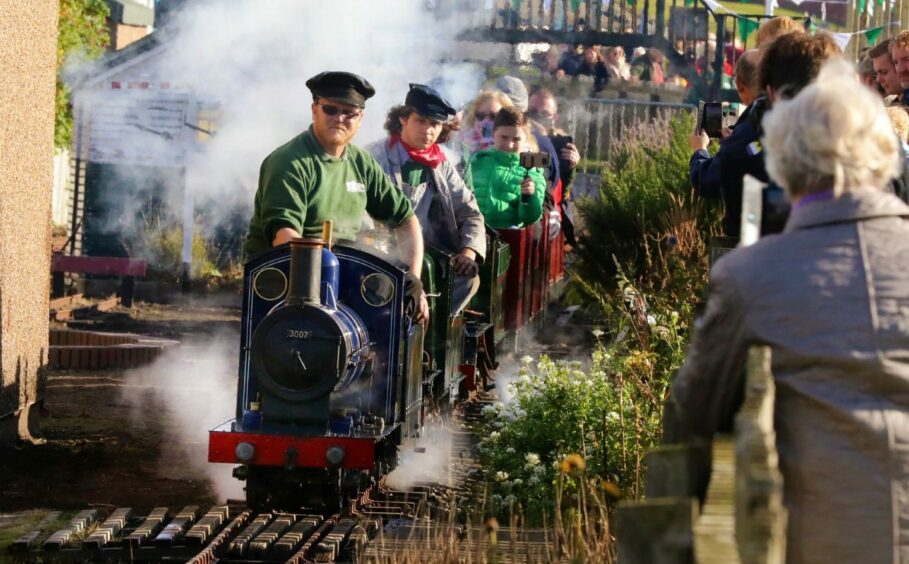










Conversation